Santa Cruz Valley Heritage Area
The Santa Cruz Valley National Heritage Area is the newest designated National Heritage Area in the U.S.
This designation, in December 2018, is dear to Marana because the Santa Cruz River defines the ancient and modern history in Marana and runs for 18 miles through the middle of our town. (Santa Cruz River watershed map courtesy Sonoran Institute)
This river is why the Tucson area (including Marana) was the first to be named a UNESCO City of Gastronomy in the U.S. Starting more than 4,000 years ago, the Santa Cruz River allowed for the introduction of large scale early agriculture, made possible by flood irrigation from the Santa Cruz River. The river supported complex ancient cultures, a unique riparian ecosystem, and a rich agricultural legacy that continues in Marana, with many local farms.
The Santa Cruz River is shaped like a fishhook. It begins in the San Rafael Valley near the U.S. and Mexico border and makes a hook, dipping into Mexico, before flowing in a fairly straight line northwest through Tucson and continuing for 18 miles through Marana. For more background visit Town of Marana and U.S. National Parks.
Thirteen Ways to Experience the Santa Cruz Valley National Heritage Area (from North to South)
2. Arizona-Sonora Desert Museum
(Marana's neighbor to the south, inside Saguaro National Park West)
One of the top-rated zoological gardens in the world. Where animals, Sonoran Desert ecosystems, and culture intersect within the majestic setting of Saguaro National Park West.
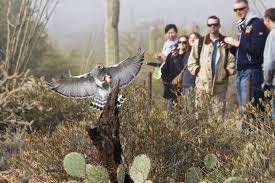

4. Archaeology Southwest Tours and Events
(Tucson area)
Events, classes, field school, and educational experiences.
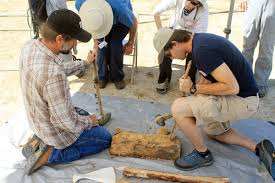
5. Tohono Chul Botanical Gardens & Galleries
(Northwest Tucson/Southeast Marana)
A 49-acre botanic garden and contemporary art galleries packed with more nature and culture than anywhere else in the Southwest.
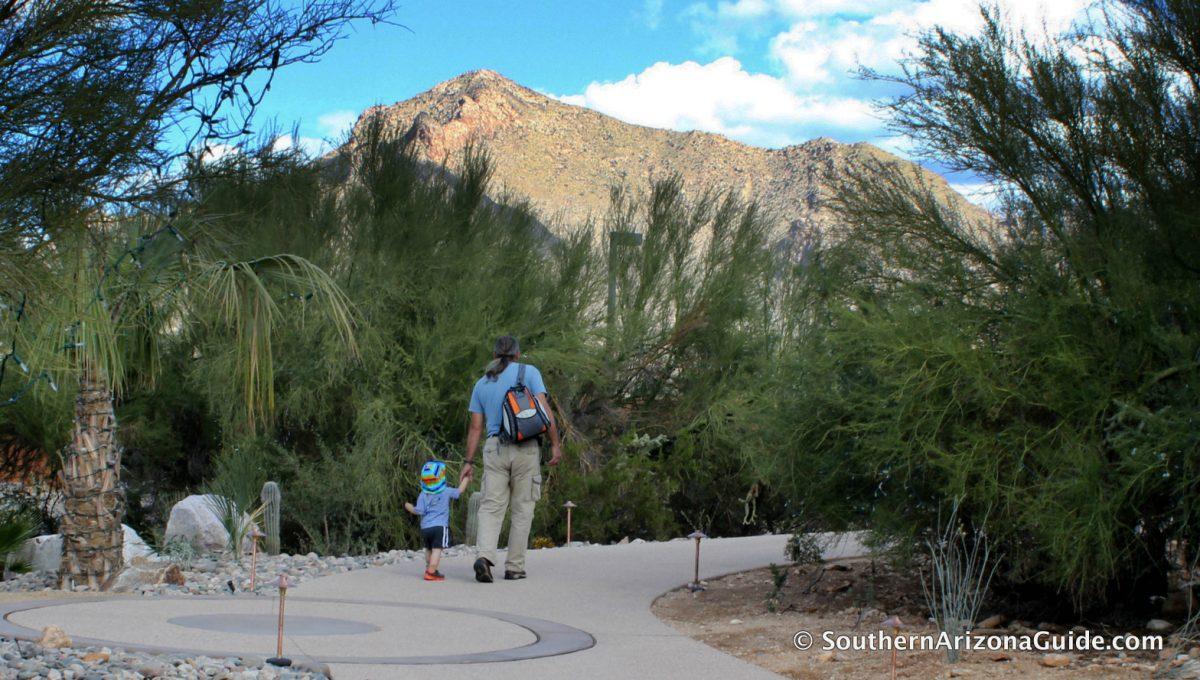
6. Arizona State Museum
(University of Arizona campus)
The State of Arizona's renowned repository of ancient Southwest artifacts, exhibitions, and education and events center for ancient to contemporary Native American culture and arts
**Note that as of August 2024 the museum is closed for at least two years of renovations.
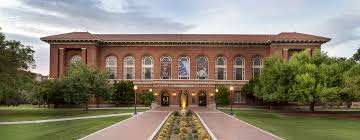
7. Arizona History Museum
(University of Arizona campus neighborhood)
The State of Arizona's museum of Arizona history from Spanish colonial through territorial eras. Changing exhibitions highlight unique facets of Southwest history by focusing on Geronimo, Buffalo Soldiers, and many others.
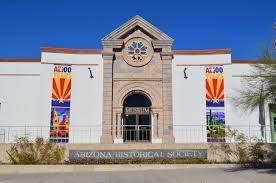
8. Tumamoc Hill
(West of downtown Tucson)
Tumamoc Hill is a National Historic Landmark known for its archaeological significance, biological diversity, and the world's first ecological restoration ecology project.
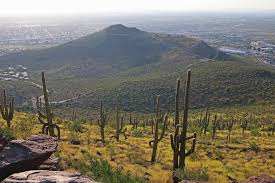
9. San Xavier Co-op Farm
(Tohono O'odham Reservation, south of downtown Tucson)
Continuing the farming tradition of their ancient ancestors here in Southern Arizona, the San Xavier Co-op Farm, on the Tohono O'odham Reservation, cultivates ancient crops such as tepary beans and squash, and sells wild foods harvested on the reservation, such as mesquite meal (ground from mesquite pods) and dried cholla buds. You can drop in at the Co-op Store and pick up these and other delicious Sonoran Desert foods fed by the Santa Cruz River watershed.
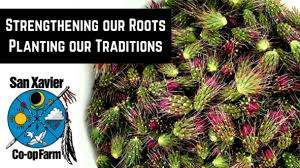
12. Tumacácori National Historic Park
(Tumacacori, Arizona)
Tumacácori sits at a cultural crossroads in the Santa Cruz River valley. Here O’odham, Yaqui, and Apache people met and mingled with European Jesuit and Franciscan missionaries, settlers, and soldiers, sometimes in conflict and sometimes in cooperation.
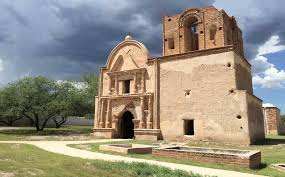
13. San Rafael State Natural Area
(Patagonia, Arizona)
Visit San Rafael State Natural Area, situated in a valley that extends over 90,000 acres and lies at the headwaters of the Santa Cruz River between the Patagonia Mountains, Huachuca Mountains, and the Canelo Hills.
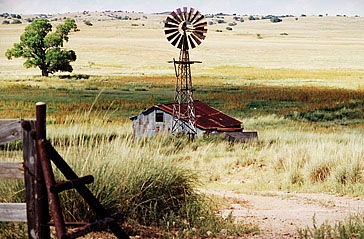
Related Content:
9251 W. Twin Peaks Road Tucson, AZ 85743 (520) 297-0252 Website

The Ritz-Carlton, Dove MountainRitz-Carlton, Dove Mountain
15000 North Secret Springs Drive
Marana, AZ 85658
15000 North Secret Springs Drive Marana, AZ 85658 (520) 572-3000 Website Find A Room

The Ritz-Carlton Spa, Dove MountainRitz-Carlton, Dove Mountain
15000 North Secret Springs Drive
Marana, AZ - Arizona 85658
15000 North Secret Springs Drive Marana, AZ - Arizona 85658 (520) 572-3030 Website
6300 W Marana Center Blvd Tucson, AZ 85742 (520) 572-1010 Website Find A Room

Tucson Premium Outlets at Marana CenterTucson Premium Outlets at Marana Center
6401 W Marana Center Blvd
Marana , 85742
6401 W Marana Center Blvd Marana , 85742 (520) 385-7726 Website



